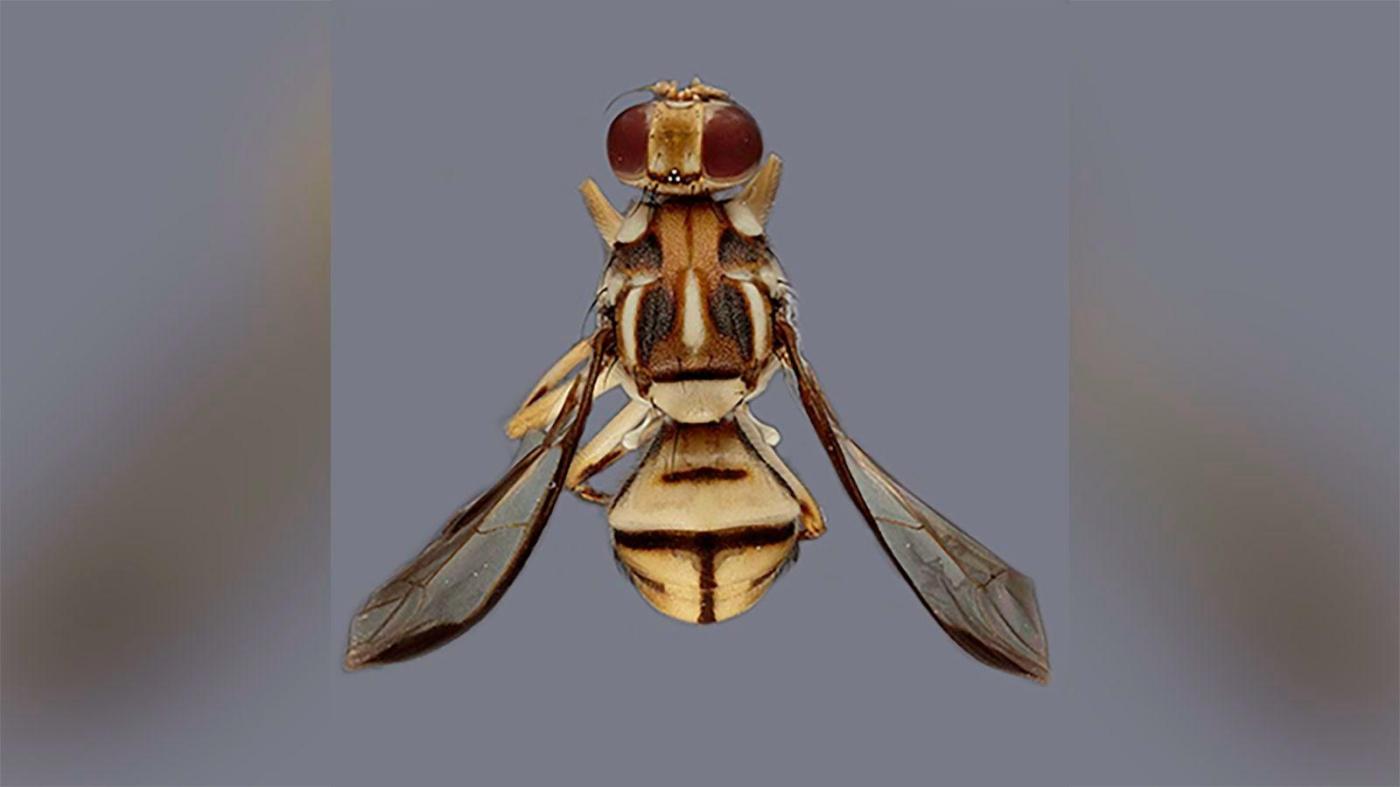Five different species of fruit flies have finally been eradicated from nine different California counties, marking a successful effort involving traps, backyard treatments, prohibitions against fruit sharing and extra applications by commercial growers, state and federal agencies announced on Tuesday, Aug. 27.
The Tau, Queensland, Mediterranean, Oriental and Mexican fruit fly species — once found in home gardens, citrus trees and in illegal produce shipments at airports and private shipping warehouses — have been removed and are no longer present, said Victoria Hornbaker, director of the California Department of Food and Agriculture’s Plant Health and Pest Prevention Services Division.
RELATED: This invasive beetle has killed tens of thousands of trees in SoCal. Now it’s in the Bay Area
This means the quarantines and restrictions on backyard fruit have been lifted, and commercial growers can go back to full-scale marketing and selling their fruit without the addition of extra, more costly treatment, Hornbaker said.
“It is good news for California,” Hornbaker said, noting that the state’s agricultural receipts topped $58 billion last year, according to the U.S. Department of Agriculture. “California really does feed the world,” she added.
The state has had several infestations recently, prompting quarantines of backyard fruit and vegetables. These fruit flies can get into 300 types of commodities, producing larvae, maggots and more adult fruit flies. The insect makes the fruit inedible and has ruined countless backyard gardens, she said.
Commercial growers of oranges, lemons, grapefruits and other citrus had to spend more money to get rid of the pest. “Commercial growers either lost their crops or had to pay more money for additional treatment,” she said.
A worker dumps a sack full of freshly picked oranges into a bin for disposal in a Redlands orange grove along Lugonia Avenue on Tuesday, Jan. 30, 2024 due to the discovery of the Oriental fruit fly in the area. If left unchecked, the Oriental fruit fly could potentially cause billions of dollars in annual loses if it was to become established. (File photo by Will Lester, Inland Valley Daily Bulletin/SCNG)
Related Articles
‘Brutal’ trade-offs keep some South Bay farmworkers laboring in dangerous heat
This invasive beetle has killed tens of thousands of trees in Southern California. Now it’s in the Bay Area
Council approves massive urban village development in North San Jose on former farmland
Californians say they were fired for leaving their jobs in sweltering heat. Is the state on their side?
The CDC’s test for bird flu works, but it has issues
The list of species and locations of infestations that have since been eradicated include:
• Mediterranean fruit fly in Los Angeles County, starting in 2023
• Queensland fruit fly in Thousand Oaks and other parts of Ventura County, starting in 2023
• Tau fruit fly in the Stevenson Ranch area near Santa Clarita, starting in July 2023. Both the Tau and Queensland species were found for the first time in California.
• Oriental fruit fly in Orange County, starting in 2022, and then found in large sections between San Bernardino and Riverside counties, beginning in 2023. This infestation started in Redlands, but spread to other pockets of the two Inland Empire counties, Hornbaker said. This species also was found in Sacramento, Santa Clara and Contra Costa counties, she said.
• Mexican fruit fly in San Diego County, starting in 2022.
A combination of methods were attributed to the eradication.
In private residences, the USDA or the California Department of Agriculture or local county agriculture agencies and other pest-control agencies would spay a bit of organic pesticide on the underside of a branch or leaf. Flies would be attracted to the bait station which was placed at the site of the pesticide application that eradicated the flies.
“We would only have to spray a little but of the organic pesticide, not the whole area,” she noted.
If larvae were found in produce, the trees or plants would be stripped of the fruit, double bagged, and buried in a landfill where the larvae would die, she said.
Quarantines outlawed people from moving backyard produce. If they did give infected produce to a friend or neighbor, the maggots would emerge from the fruit and a whole new population would settle in a new area, adding to the spread.
“Now, all quarantines have been lifted and everything goes back to normal,” she said. “People can eat their backyard fruit and share it with neighbors. And commercial growers can market, ship and sell their fruit freely.”












